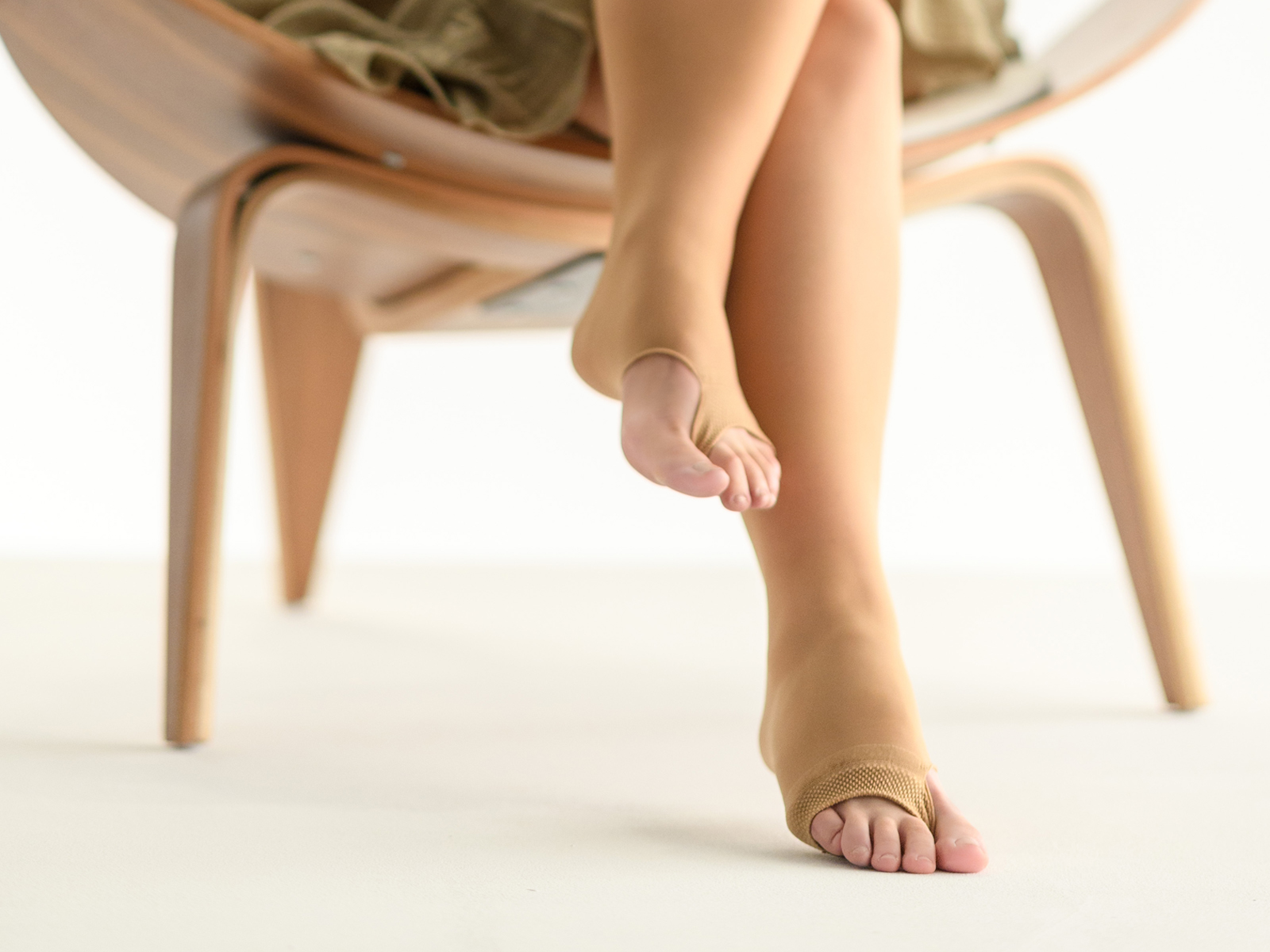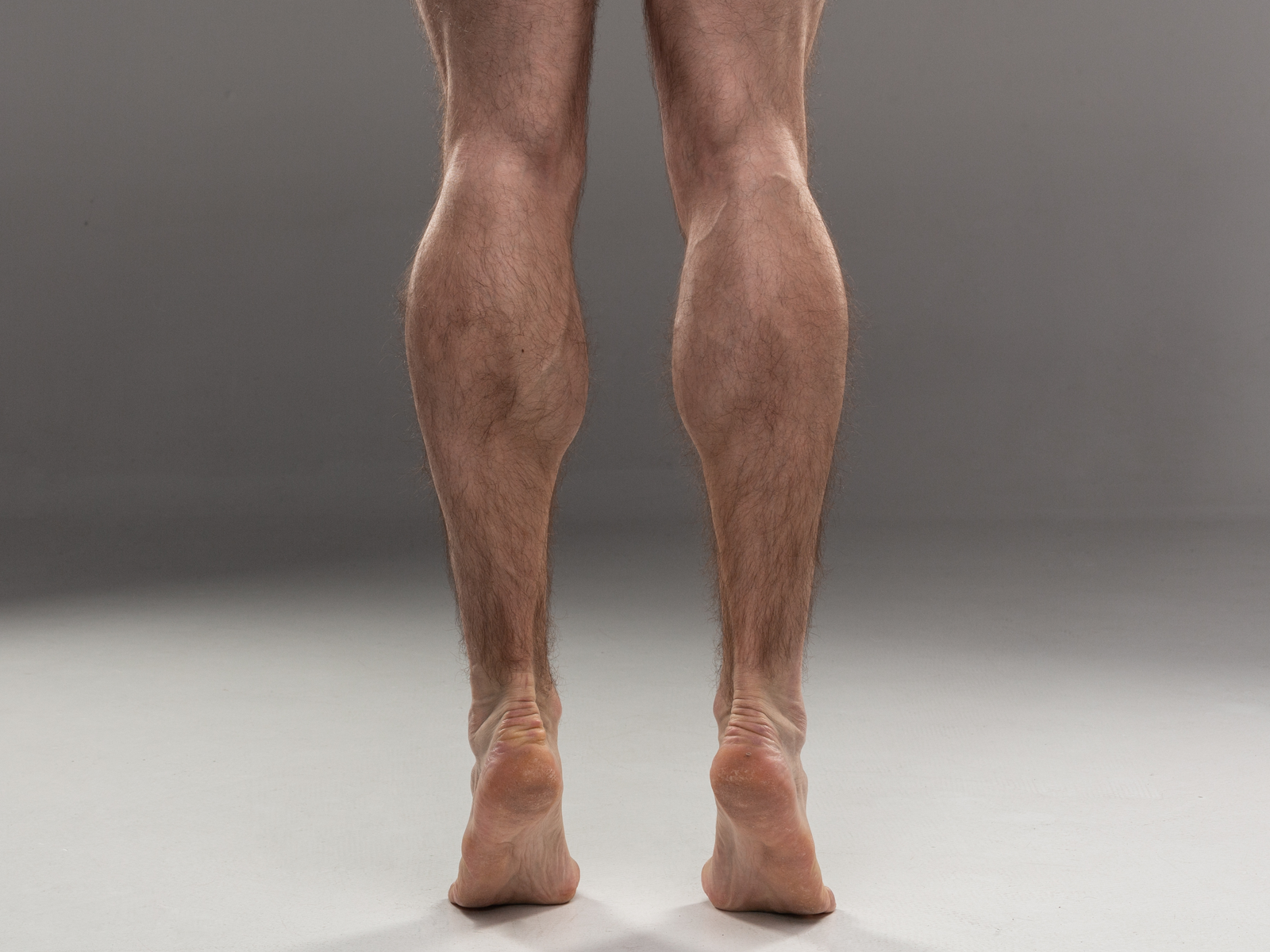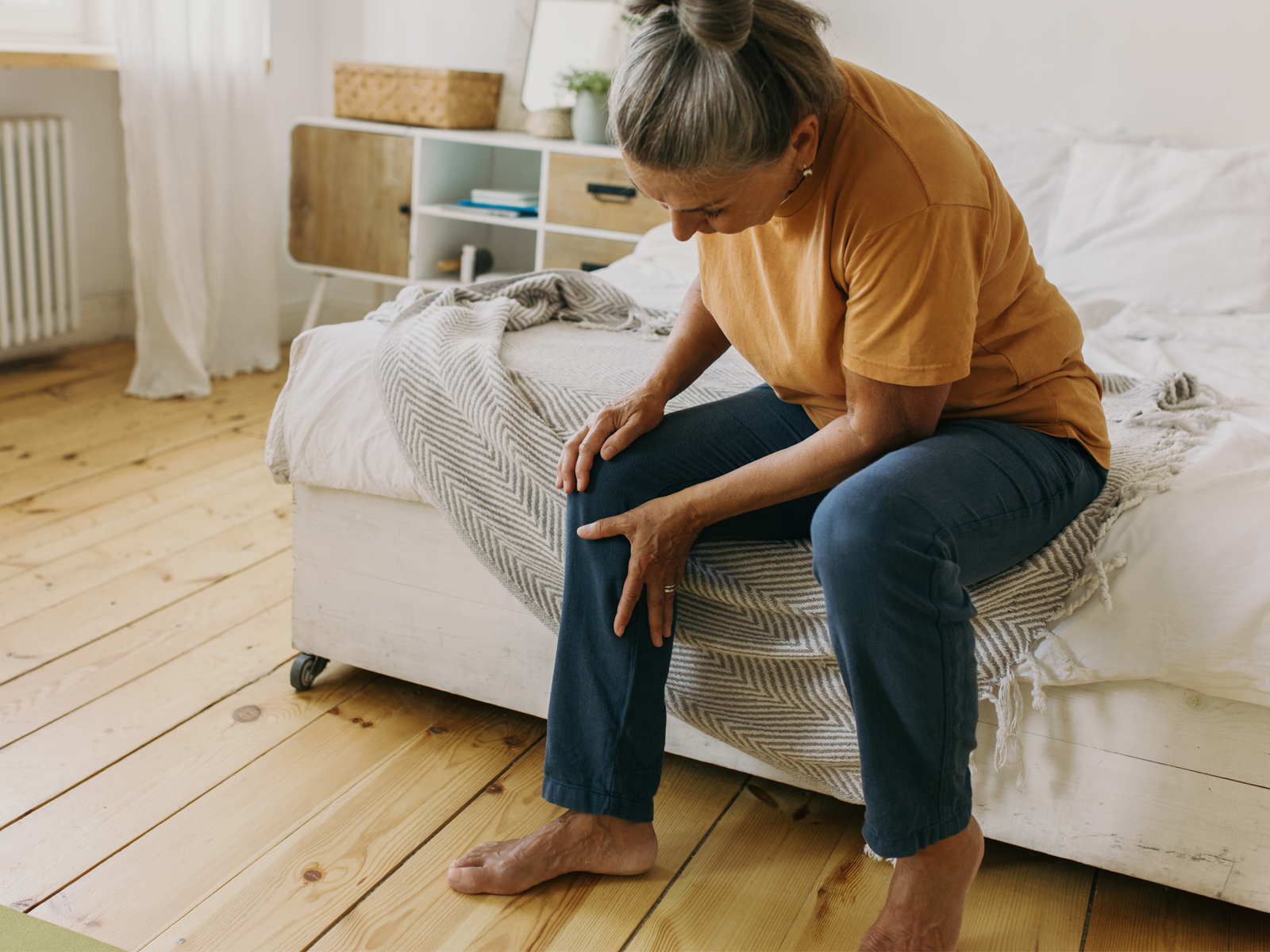Welcome to Solidea's Health & Wellness blog. Today we are going to gain an insight into a topic that concerns all women sooner or later: the changes in the body that occur during menopause and ways to improve your overall well-being after 50.
The drop in estrogen levels during menopause affects the distribution of fluids in the body and its metabolism, often causing water retention and a greater predisposition to the onset of cellulite. Blood and lymph circulation also tend to slow down, contributing to that sensation of heavy legs and sagging skin.
In this article we are going to grasp the causes of the aforesaid changes and how to address them by answering the following questions:
- Why does menopause cause swelling and water retention?
- How can you reduce water retention and swelling during menopause?
- How can you counteract cellulite after age 50?
- Why is it important to improve circulation during menopause?
- What remedies prove effective to boost circulation during menopause?
Why does menopause cause swelling and water retention?
During menopause, the female body suffers a reduction in the production of estrogen and progesterone. These hormones regulate water balance and fat metabolism, so their decrease leads to fluid retention, especially in the legs, feet and abdominal area.
The accumulation of fat in the tissues and the reduction of skin elasticity imply an increase in the predisposition to cellulite, whereas slowed venous and lymphatic flow results in a greater sensation of swelling and heaviness.
Furthermore, as we age, muscles tend to lose tone and the metabolism slows down, making it more difficult to maintain a healthy weight, concomitantly the accumulation of fluids and toxins in the tissues grow worse.
How can you reduce water retention and swelling during menopause?
To reduce water retention and swelling, it is essential to adopt some daily habits that help restore water balance and improve circulation:
- Drink plenty of water (at least 1.5 – 2 litres a day) to favour the elimination of toxins.
- Reduce your intake of salt and foods rich in sodium, which lead to water retention.
- Follow a balanced diet rich in fruit, vegetables and foods with draining power such as pineapple, fennel and cucumbers.
- Exercise regularly: even a simple 30-minute walk a day stimulates circulation and helps the body eliminate excess fluids.
Graduated compression hosiery items boast salutary effects. Gradual compression from the bottom upwards enhances venous and lymphatic return, reducing swelling and improving the sensation of lightness in the legs.
Thanks to their wavy texture, Solidea micromassage products exert an action that takes effect as a consequence of the natural movement of the body which helps to reactivate circulation and drain excess fluids, also improving the appearance of the skin.
How can you counteract cellulite after age 50?
Cellulite is a multifactorial condition that affects approximately 90% of women, yet during menopause it becomes more noticeable due to the loss of skin elasticity. Cellulite leads to the disctinctive orange peel-like pitting caused by abnormal distribution of fat and blood vessel compression.
To improve the appearance of leg skin and counteract cellulite, targeted physical activity is effective to tone leg and gluteal muscles, i.e. squats, lunges and exercises with elastic bands. Apply anti-cellulite creams that enhance the texture of the skin and stimulate microcirculation.
The graduated compression and wavy texture featured by Solidea micromassage items are two technological innovations that support the body by counteracting the appearance of cellulite-related blemishes, as well as boosting proper venous and lymphatic circulation.
Why is it important to improve circulation during menopause?
Improving circulation during menopause is essential to maintain overall good health. Poor circulation can reduce the supply of oxygen and nutrients to tissues, causing an increased sensation of numbness and muscle fatigue. Additionally, inadequate blood flow hinders the elimination of toxins and metabolic waste products, increasing the risk of inflammation and widespread swelling.
A healthy circulatory system also promotes the proper heart functioning, helps keep blood pressure under control and results in a wholesome lymphatic system, which is fundamental for the immune response and for the drainage of excess fluids.
What remedies prove effective to boost circulation during menopause?
Supporting circulation during menopause is essential to reduce swelling and the feeling of heaviness in the legs. The slowing down of blood and lymphatic flow favours the accumulation of fluids in the tissues and the appearance of visible capillaries.
To promote healthy circulation, it is useful to practice regular physical activity, such as walking, swimming or yoga, to stimulate venous return and microcirculation and avoid remaining in a static position (sitting or standing) for too long so as not to hinder the blood from returning towards the heart.
Draining massages performed with movements from the bottom up stimulate the lymphatic system and reduce the stagnation of excess fluids, while hydration and a balanced diet improve the health of blood vessels.







